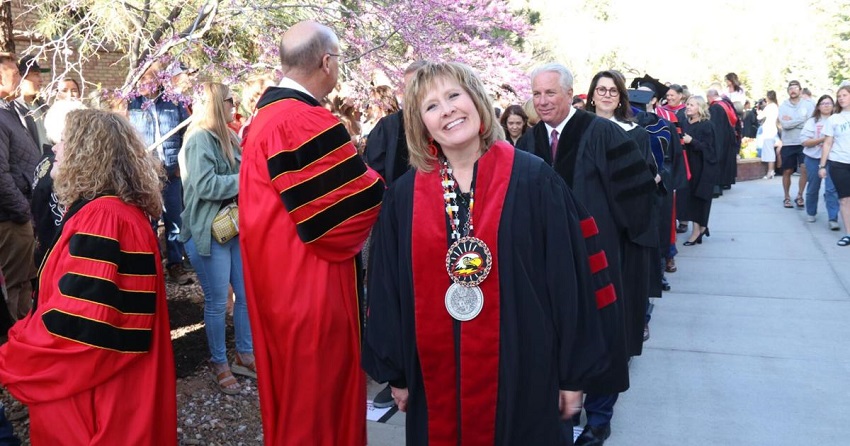Ogden, UT – Utah’s university and college presidents are facing mounting pressure from lawmakers and state auditors to eliminate underperforming academic programs. Last session, state lawmakers granted these leaders the authority to make unilateral decisions about cutting programs that fail to meet certain standards, particularly those with low enrollment or graduation rates. A recent state audit, released last month, has further accelerated the call for action, urging administrators to act swiftly in order to save taxpayer dollars.
The audit singled out programs that have consistently underperformed, highlighting those that attract few students or see low completion rates. It also pointed to degrees that do not align with the state’s workforce needs, suggesting that the resources spent on these programs could be better used elsewhere.
“Clearly, resources are not being allocated to where the growth needs are, and, in some cases, are being allocated to where we’re not being that efficient,” said House Speaker Mike Schultz in response to the audit. His comments reflect broader concerns about the allocation of public funds to higher education and the need to align university offerings with the state’s economic priorities.
The decision to eliminate programs will be based on factors such as job market demand, earning potential for graduates, and the overall efficiency of the program. Programs that fail to produce graduates who go on to secure well-paying jobs or contribute to key sectors of the state’s economy could be at risk.
In particular, degrees in fields with low student interest or poor job prospects are expected to face closer scrutiny. Universities and colleges will need to consider whether certain programs are fulfilling the needs of both students and the broader economy, or whether they are draining resources without a corresponding return.
The push to streamline academic offerings reflects a growing trend across the country where state governments are demanding greater accountability from institutions of higher learning. In Utah, lawmakers have made it clear that they expect universities to adapt to the evolving needs of the workforce and the state’s budget constraints.
As the new year begins, university leaders will have to navigate these directives and make difficult decisions about which programs to retain and which to phase out. While the process is likely to be controversial, it underscores the growing demand for higher education institutions to prove their value to both students and taxpayers alike.

